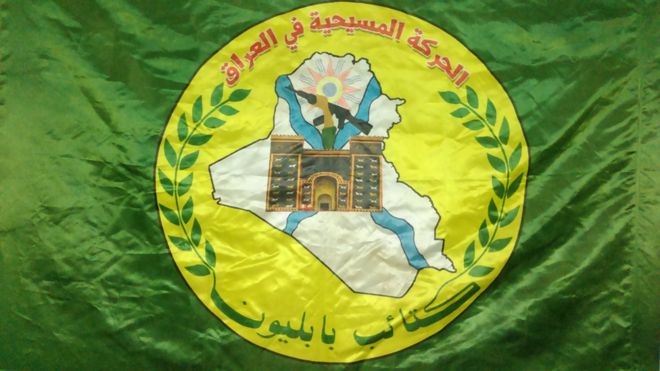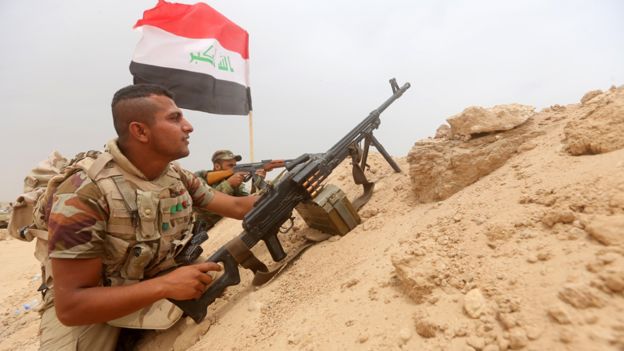Navy Officer Accused of Spying for Foreign Power Held Secretly for 8 Months
The amphibious assault ship USS Boxer transits the East Sea during Exercise Ssang Yong 2016 on March 8. It’s been revealed that a U.S. Navy officer accused of spying was held in secret for eight months.
The redacted charge sheet is here.
By /Newsweek: A U.S. Navy officer accused of spying for an unidentified foreign power was secretly arrested last summer in an espionage investigation that is ongoing, authorities said Saturday.
The heavily redacted charge sheets say the unidentified officer gave secret information “relating to the national defense to representatives of a foreign government.” But the four-page document does not say exactly what information was provided, or for how long a period it was provided, how the information was transmitted or which nation it was provided to.
The multiple charges of espionage and attempted espionage, made public only on Friday, suggest the accused officer was under surveillance by Navy counterespionage agents for an extended period of time. The officer was arrested “about eight months ago,” according to a U.S. official who asked for anonymity in exchange for discussing some details of the case.
The name of the officer, a lieutenant commander who was assigned to a sensitive maritime patrol and reconnaissance group, is being withheld from the public “out of respect for the ongoing investigation” and the privacy rights of the accused, said the official.
The official did not rule out the possibility of further arrests in the case, which is being jointly pursued by both the FBI and Naval Criminal Investigative Service, or NCIS. The officer is being held in the Naval Consolidated Brig in Chesapeake, Va.
The officer’s unit “provides airborne anti-submarine warfare, anti-surface warfare and maritime intelligence, surveillance and reconnaissance operations from planes such as the P-8A Poseidon, P-3C Orion and unmanned MQ-4C Triton,” according to the Norfolk Virginian-Pilot newspaper. The command of the Maritime Patrol and Reconnaissance Force is headquartered at Hampton Roads Naval Support Activity in Norfolk, “although it’s not clear whether he was stationed there,” the paper said. The unit has wings at Jacksonville Naval Air Station in Florida, Whidbey Island Naval Air Station in Washington state and Marine Corps Base Hawaii.
The Navy’s charge sheet said the officer is accused of three counts of attempted espionage, three counts of making false official statements and five counts of communicating defense information “to a person not entitled to receive said information.” It also said the officer provided a false address when he was on leave “rather than the actual foreign destination,” and failed to report contacts with foreign nationals.
The Navy also accused the officer, “a married man,” of procuring prostitutes ”on divers occasions” and having sex with “a woman not his wife,” a violation of the Uniform Code of Military Justice, or UCMJ.
The dates of the alleged espionage, the identity of the foreign spy service—if any—and the foreign nationals involved will not likely be disclosed until and if the Navy prefers court martial charges against the accused.
Adm. Philip S. Davidson, commander of Fleet Forces Command, will weigh the results of an Article 32 investigation, the military’s version of a grand jury, to determine whether a court martial is warranted.
The accused officer could face the death penalty if found guilty of the most serious espionage charges.
Under the UCMJ, a service member is eligible for the death penalty for espionage if found “guilty of an offense that directly concerns nuclear weaponry, military spacecraft or satellites, early warning systems, or other means of defense or retaliation against large scale attack, war plans, communications intelligence or cryptographic information, or any other major weapons system or major element of defense strategy.”
****
InquisitR: A U.S. Navy officer was charged with giving secrets to China and prostitution at the Norfolk Air Station in Virginia. It is believed that Lieutenant Commander Edward Lin gave secrets about vital communications systems, although the Navy has yet to determine how much and for how long.
CBS News reported that the Navy officer charged worked as a flight officer on an EP-3E Reconnaissance, a sensitive intelligence gathering aircraft. Lin is alleged to have given information on the aircraft’s communications system. The information he gave could be used to counter U.S. eavesdropping capabilities. Additional details here.
The heavily redacted documents released accused Lieutenant Commander Edward Lin of five counts of espionage and attempted espionage, three counts of making false official statements, and five counts of communicating information to a person not authorized to receive it.







